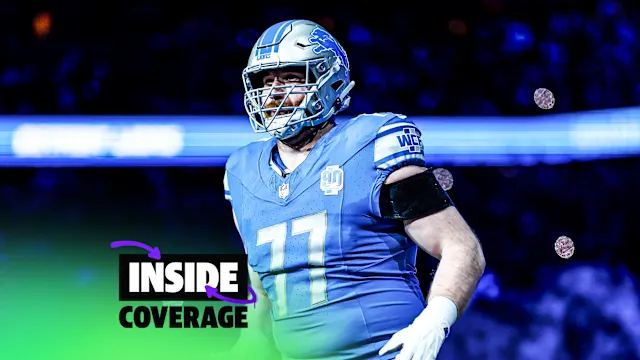The Vyper’s Legacy
Notre Dame’s defense is undergoing a strategic evolution in 2025, moving away from the traditional “Vyper” role to embrace more versatile defensive ends. This shift aims to enhance adaptability and resilience across the defensive front.
The “Vyper” position at Notre Dame has historically been a hybrid role, combining elements of a stand-up defensive end and an outside linebacker. Players like Isaiah Foskey exemplified this role, contributing significantly to the team’s pass rush and coverage schemes. Foskey’s departure to the NFL left a notable void, prompting a reevaluation of the position’s future.
Challenges Prompting Change
Injuries to key players like Jordan Botelho and Boubacar Traore in the 2024 season exposed the vulnerabilities of relying heavily on specialized roles. Their absences highlighted the need for a more flexible defensive approach, capable of adapting to personnel changes without compromising performance.
Embracing Versatility
Under the guidance of Defensive Coordinator Chris Ash and Defensive Line Coach Al Washington, Notre Dame is focusing on developing defensive ends who can perform multiple roles. This includes players like Joshua Burnham, who has demonstrated the ability to play both strong-side and Vyper positions, and Bryce Young, whose athleticism and size make him a formidable presence on the edge.
Rising Stars
Freshman Loghan Thomas has shown promise, contributing effectively in his initial appearances. His adaptability and performance suggest a bright future as part of the reimagined defensive line.
Strategic Implications
The move towards versatile defensive ends allows Notre Dame to implement more dynamic defensive schemes, enhancing their ability to respond to various offensive strategies. This adaptability is crucial in maintaining a competitive edge throughout the season.
Looking Ahead
As Notre Dame continues to recruit and develop players suited for these versatile roles, the defense is poised to become more resilient and adaptable. This strategic shift reflects a broader trend in college football, emphasizing flexibility and depth over specialized positions.



